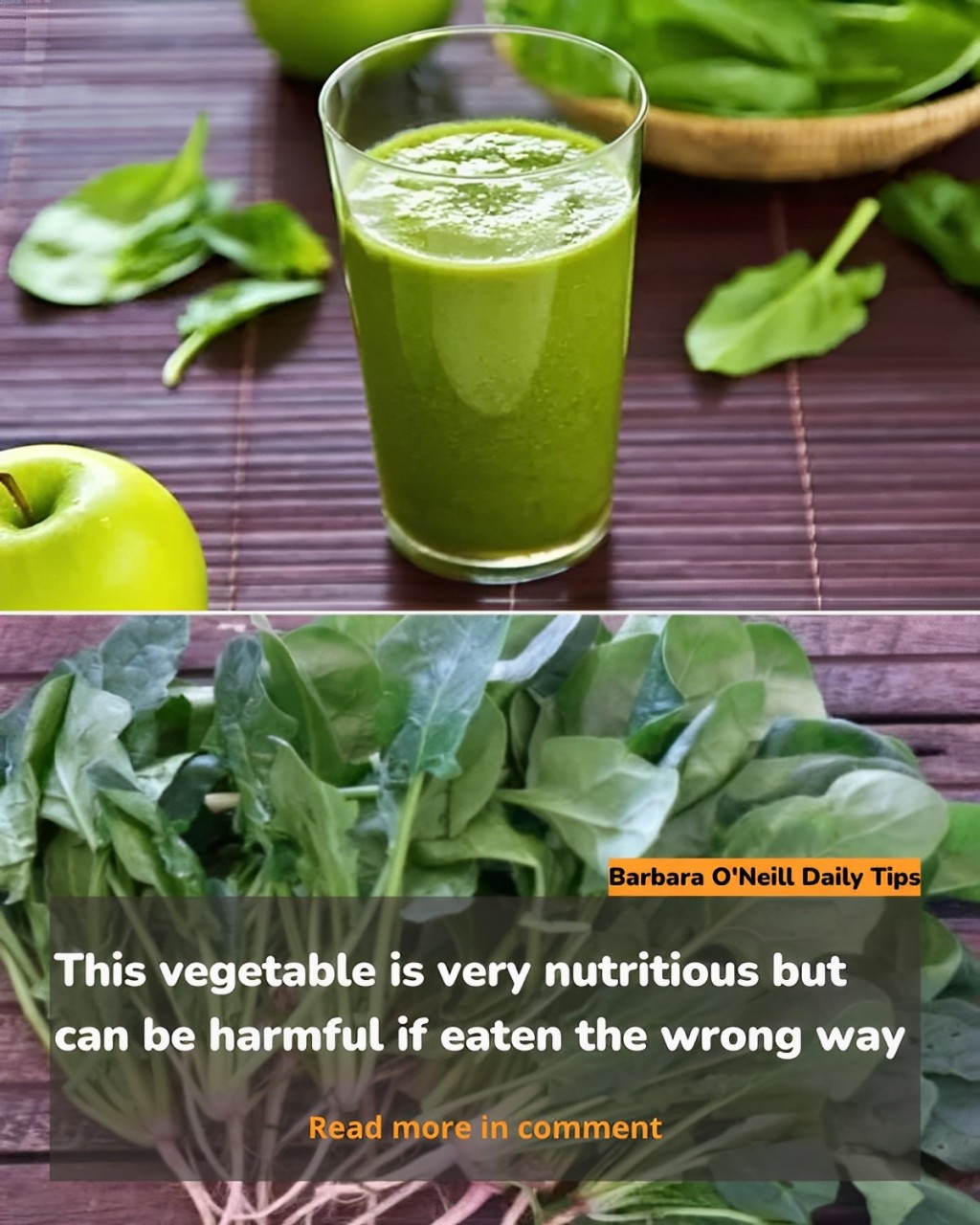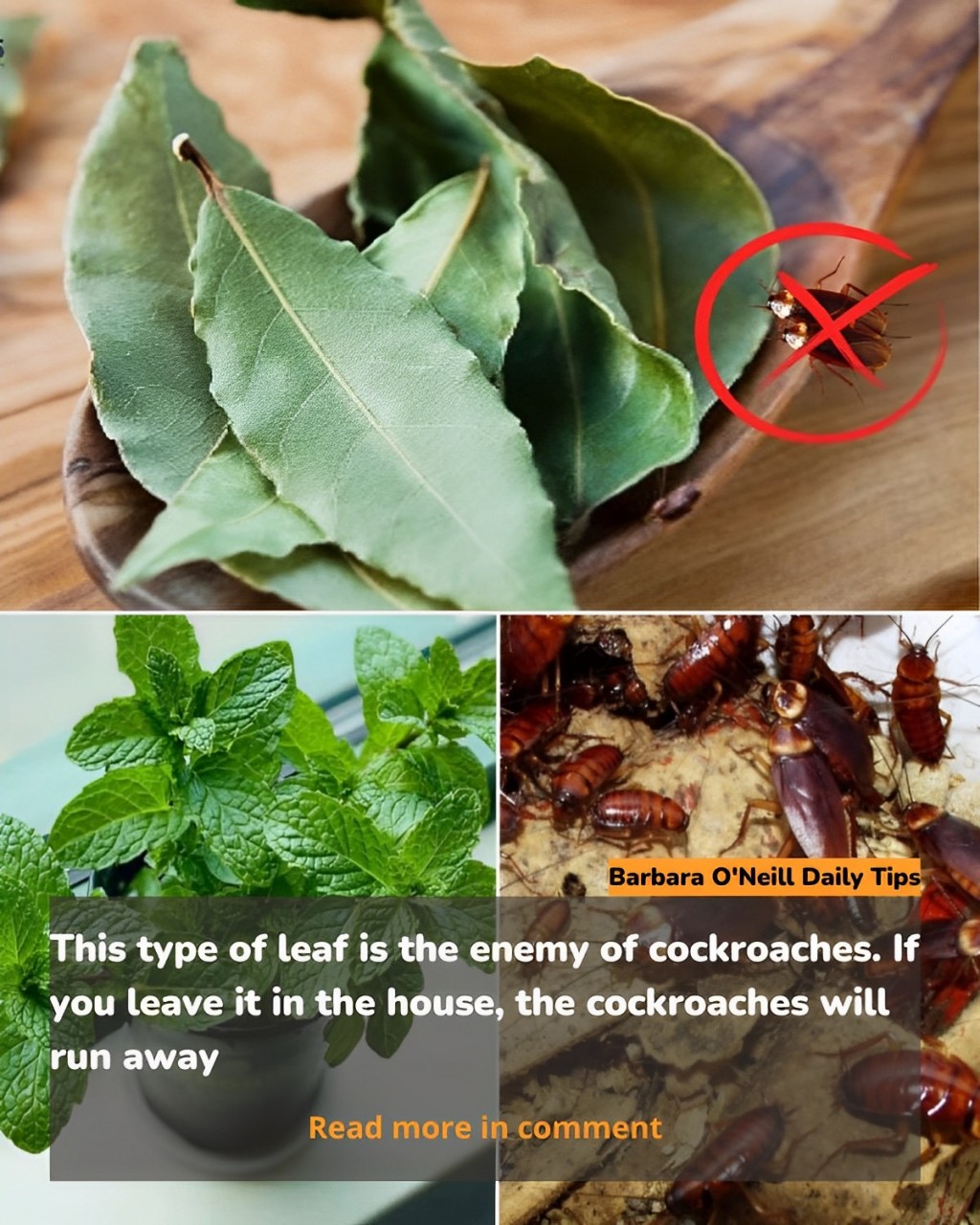Have you ever thought of soaking bay leaves in vinegar? This timeless piece of wisdom passed down from grandmothers offers a unique way to enhance your culinary creations. Let’s explore why you should try it too.

The Versatility of Bay Leaves
Bay, an aromatic plant from the Mediterranean and part of the Lauraceae family, is an evergreen that can grow up to 20 meters. While it’s typically found in smaller bushes, its leaves are oval-shaped and glossy green. Bay has been historically associated with wisdom and glory, as seen in the tradition of laurel crowns at graduation ceremonies. However, its uses extend beyond symbolism.
Bay Leaves in Cooking and Herbal Medicine
Bay leaves are commonly used in cooking, especially with red meat or fish. They also find their way into homemade bay leaf liqueur and flavored salts. To make bay leaf salt, simply blend salt with bay leaves until finely chopped, then use it to season your dishes.
Infusing Bay Leaves in Vinegar
In a similar vein, consider another way to add bay leaf flavor to your dishes by infusing them in vinegar. This method, often known by grandmothers, adds a subtle, nostalgic aroma to your preparations, enhancing their taste.
How to Make Bay Leaf Infused Vinegar
It’s simple to prepare. You’ll need 1 liter of white vinegar and 15 fresh bay leaves. Gently heat the vinegar without boiling it, then add washed and dried bay leaves. After the vinegar cools, seal it in a bottle and let it infuse for about 3 to 4 weeks. Once ready, filter the vinegar into another bottle. It should be stored in a cool, dry place.
Variations with Other Herbs and Fruits
You can also create flavored vinegars using the same method with different herbs like rosemary, thyme, sage, oregano, lavender, or elderflower. Fruit-infused vinegars, such as those with lemon, orange, raspberry, and more, are also a delightful addition to your kitchen.
Incorporating bay leaves in vinegar is a simple yet effective way to add depth and flavor to your culinary repertoire.





